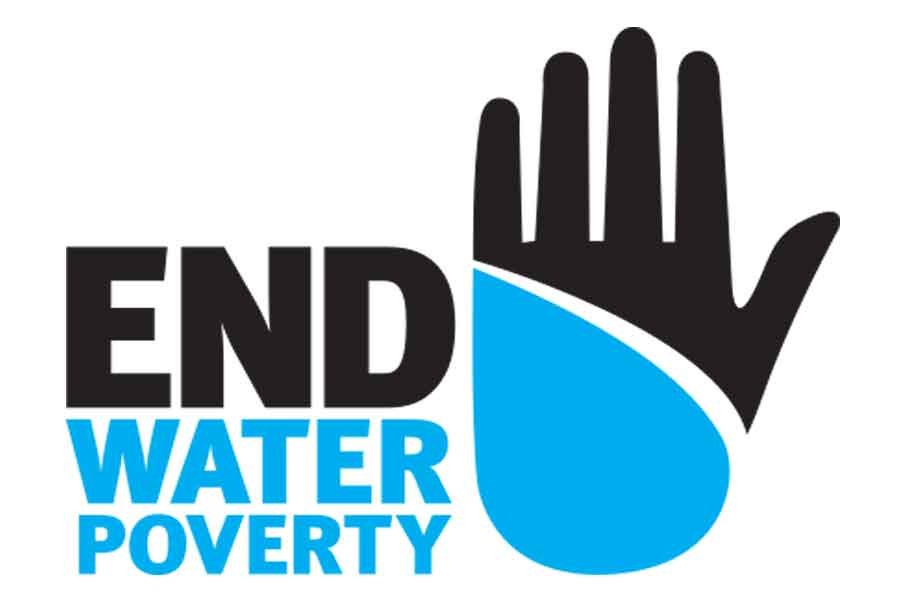About 300,000 people living in various areas of the country are victims of salinity and arsenic contamination. A typical example is the village Madra under Tala upazila of Satkhira district. More importantly, the region is adversely affected by climate change. These have taken a heavy toll on lives and livelihood of the rural population who eke out a living from fishing and crop cultivation. By and large, agriculture is the major source of their livelihood. This is the season for fish cultivation after which Boro will be cultivated with thousands of shallow tube-wells supplying ground water. It has been alleged that ground water extraction by tube-wells has been one of the main causes of arsenic contamination in that region.
It has to be noted that Satkhira - and Tala upazila in particular, has one of the highest incidence of income poverty. To be specific, roughly one-third of the population live below upper poverty line compared to the national figure of one-fifth. This can be adduced mostly to water-related woes affecting both production of crops and health of the people.
Here is also a first-hand impression about the private sector-led drinking water market emerging in that part of the country. We also took a look at rainwater harvesting undertaken by the villagers with government assistance.
Water market is not new as it has been there for irrigation purposes for many years. But marketing of drinking water in a rural setting warrants an analysis from research point of view. We also took a look at rainwater harvesting undertaken by the villagers with government assistance.
From Monirampur to Keshabpur (Jessore), the jeep ran through the paved road piercing through the hearts of villages. On both sides, we observed fish ponds (macher gher) filled to the brim after heavy rainfalls. The ponds are reportedly owned by powerful persons, both politically and economically.
It is alleged that, they do not want excess water getting a way-out through proper drainage system. People's perception is that these 'fish-kulaks' keep water logged to reap home fat profits from fish cultivation at the cost of miseries of common people. However, water-logging inundates households around the ponds and forces the residents to move to the paved road to take temporary shelter. There they build huts made of bamboos and torn polythene sheets. On an average, a household of four shares 50-100 square metres and there are about 200 households living under the open sky with frequent drizzling and at times raining intermittently. Of course, some of them build huts to get relief from such sufferings.
However, the 'push' factor forced many of them down the poverty line as seasonal shocks - man or nature-made - account for one-thirds of the population in Bangladesh moving up and down the poverty line.
The case we have presented can be construed as water-poverty as mismanagement of water-inundated households puts them in perilous condition.
To have an insight into a new water-related development we stopped at an enterprise named 'Paradise Pure Drinking Water'. Owned by a school teacher Rajib Sarkar (35), the enterprise was established to purify water with an investment of Tk 6,00,000. Rajib was given Tk 2,00,000 as finance in addition to technical support from BRAC. As we were told, there are 10-15 enterprises of this kind in the vicinity of the village. These, thus, indicate emergence of a private sector-led market for drinking water. The enterprise purifies 6,000 litres of water every day with modern equipment displayed before us. The monthly sales hover around Tk 30-40 thousand, and consumers pay Tk 20 for two litres required everyday just to drink. Roughly 10-20 per cent of the income of the households is spent to purchase pure water for the whole day.
Kartik Master, who participated in our discussion, explained why people pay money for pure water. His mother fell ill after taking unhygienic drinking water that cost thousands of taka in treatment. When all went in vain, he found his mother getting well after she started drinking purified water. "A stitch in time saves nine", he said, arguing that Tk 20 per day may appear to be a big amount today but compared to the treatment costs of any possible water-borne ailments, the money is worth spending.
But what is worrying is that, one-fifth of the households in the area cannot afford to buy pure drinking water. This calls for action to save them from losing productivity or falling in abject water-poverty.
In a nearby village, rainwater is harvested with support from the Directorate of Public Health supplying a subsidised 3,000-litre tank to preserve it. Residents of the village use this water just for drinking purposes during drought.
It needs to be mentioned here that both the methods of supplying pure water have reduced incidence of water-borne diseases and water-poverty to a great extent.
The writer is a former Professor of Economics at Jahangirnagar University.


